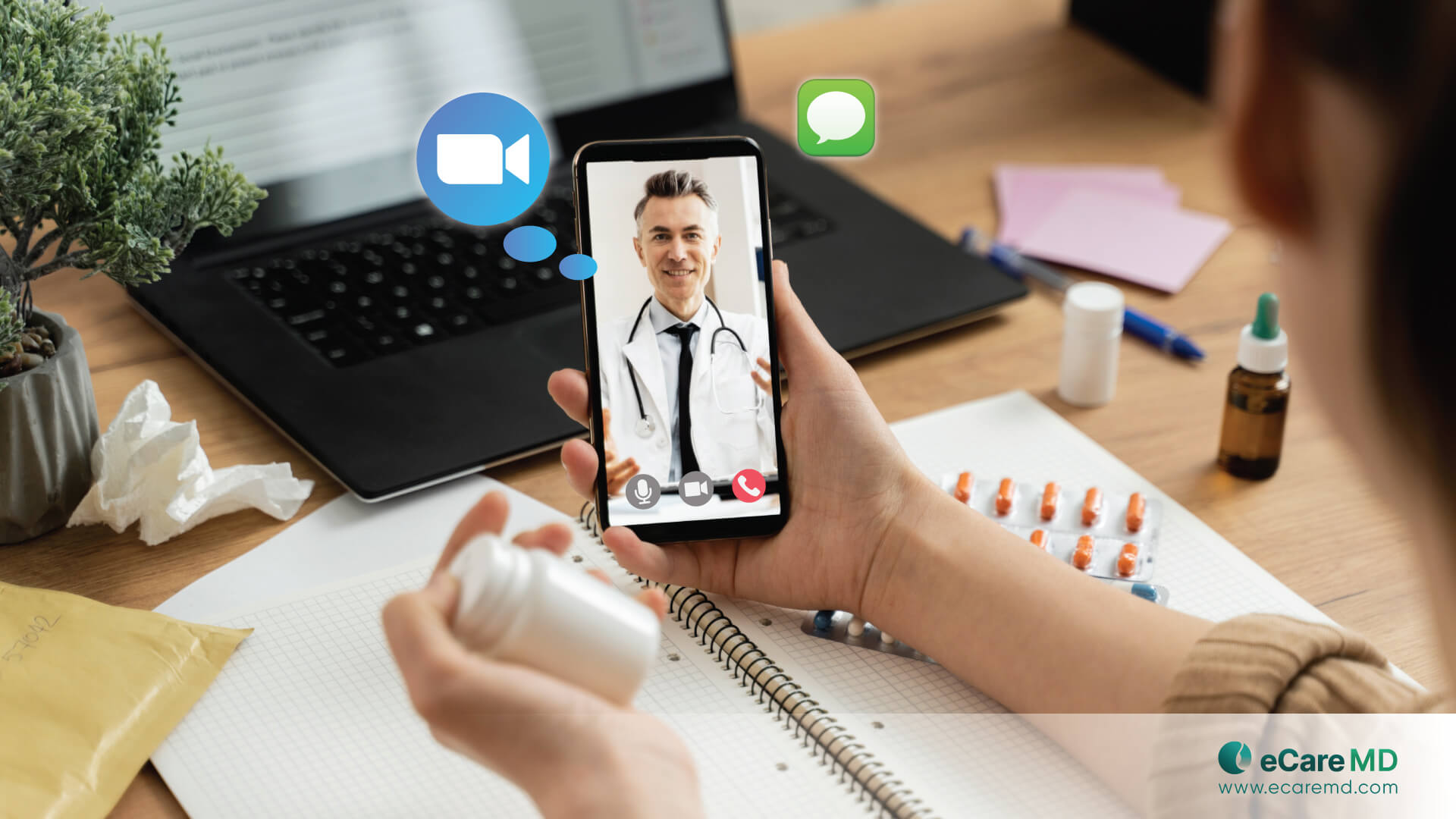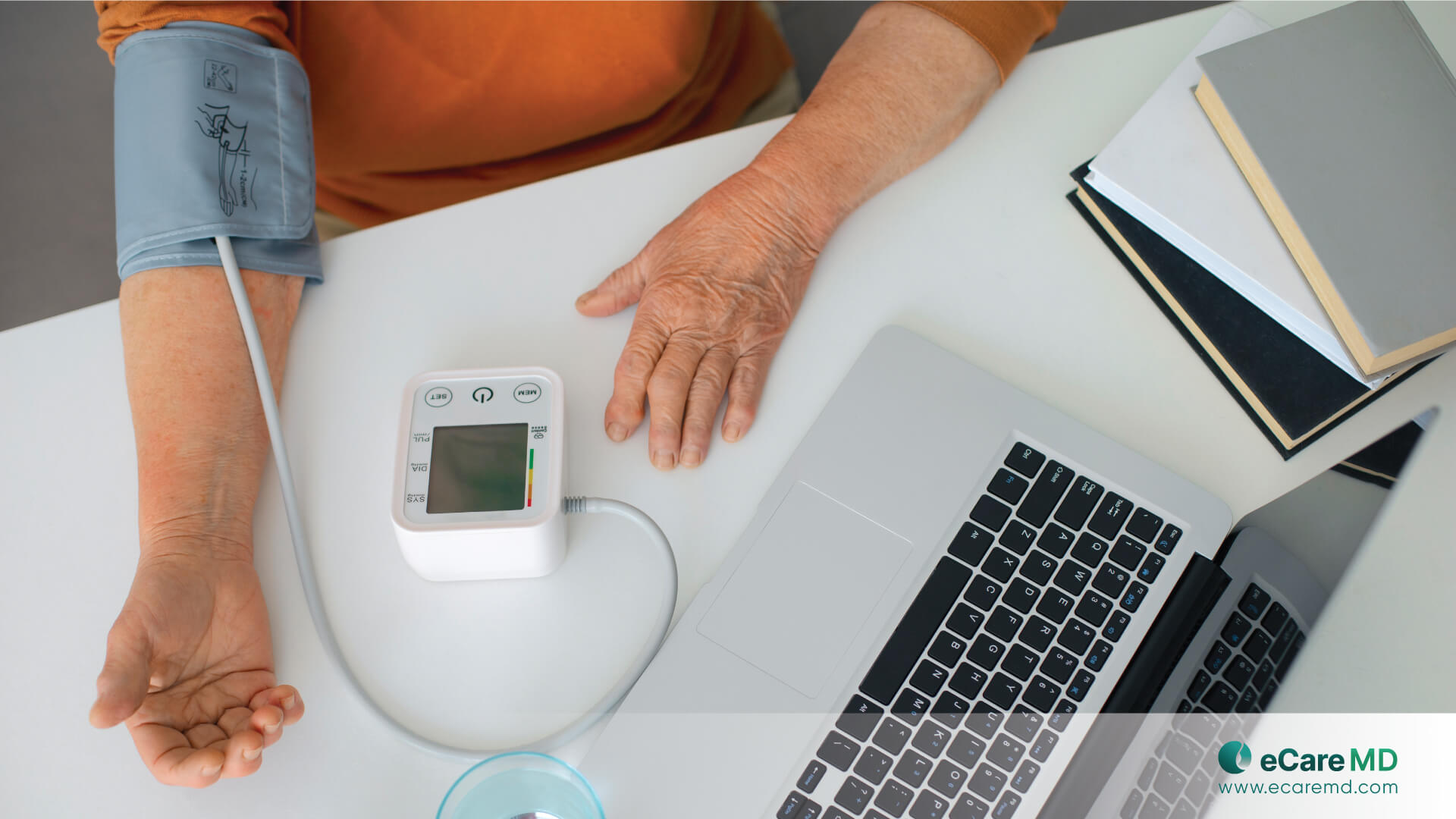Client Background
A renowned healthcare provider based in Florida operates a traditional healthcare setting to manage patients with chronic conditions like diabetes, hypertension, and obesity. The client's ultimate approach is to deliver the highest quality of care to obtain expected patient health outcomes and satisfaction.
Business challenges
The client has noticed that the number of urban patients taking treatment at their clinic is far higher than that of rural patients. However, the client is aware of the fact that there is a huge patient population from rural areas seeking prominent healthcare services. The client has decided to serve the rural community and thus faced some challenges:
1. Access to rural patients
In the traditional healthcare setting, the client could not reach out to patients from rural areas and consult them due to communication and transportation challenges.
2. Challenges in monitoring patient health
While managing patients from rural areas, the client faced difficulties in monitoring and tracking their health status. Hence, due to the patients' unawareness of their health, the client was unable to make prompt decisions and provide preventive care. This hampered the patients' confidence and health outcomes.
3. Lack of patient involvement in treatment programs
Often, the duration between physical appointments is longer, and thus, there is less patient-provider communication. These communication gaps and prolonged treatment duration tend to prevent patients from adhering to prescribed treatment recommendations like medication schedules, sleep patterns, diets, exercise routines, etc. This inattention to prescribed treatment affects the patient's health outcomes.
4. Patient empowerment challenges
Chronic condition management requires a prolonged duration. Patients become tired of following the prescribed routines over a long period. Keeping the patient empowered and engaged was a significant challenge for the client. Most of the patients were demotivated and hence unfollowed the prescribed treatment recommendations, which affected their health outcomes.
Solution
The client has understood that addressing these issues to deliver enhanced quality of care requires care coordination software that streamlines the workflow and facilitates smooth patient engagement using advanced technological features. Hence, the client approached Medarch Inc. for eCareMD software. Our team implemented the software into the client’s practice after receiving the client's approval. The client has experienced an enhanced quality of care delivery after implementing eCareMD software into the practice.
Solution Highlights
The eCareMD software consists of cutting-edge technological advancement features and robust functional capabilities that streamline the client’s practice workflow and improve operational efficiency.
Some of the key features that addressed the client’s challenges are:
1. Teleconsultation

The eCareMD software’s teleconsultation feature addresses the challenge of accessing patients from rural areas. Using this feature, the client was able to consult the patients over secure voice/video calls and prescribe a care plan for them. Due to this functionality, the care providers were able to closely monitor the rural patients at any time and take their health updates.
2. Remote patient monitoring using devices

The eCareMD software integrates with remote monitoring devices that continuously track the patient's health vitals. These collected vital readings get transmitted to the care provider's eCareMD dashboard which simplifies them to monitor the health condition of patients. This functionality eliminated the need for in-person visits for consultation and enabled patients to take an active part in their health management as they were able to monitor the changes in their health.
3. Customizable reminders
The eCareMD application's customizable reminder feature addressed the challenge of keeping the patient adhered to the prescribed treatment plan. It allows care providers to customize the reminders for medications, appointments, exercise, etc. in email, SMS, and push notifications format, as well as the time when they should be notified to the patients.
These early notifications helped patients to miss out on any activity and stick to the prescribed treatment schedule.
4. Patient education and engagement
Keeping the patient confident and motivated during the prolonged treatment duration was a significant challenge for the client.eCareMD software enabled care providers to send educational material like a chronic condition guide that tells more about the chronic condition, its impact, benefits of following medication, diet, exercise schedules, etc. This helped them to keep motivated and engaged with the treatment plan.
Value Delivered
1. Increased access to patients
Using the teleconsultation feature the care provider was able to smoothly manage and consult the patients from rural areas. It also helped in managing more patients as compared to traditional healthcare settings.
2. Reduced patient hospital readmissions and emergency visits
Continuous tracking of patient health vitals using remote monitoring devices helped care providers to keep a close eye on patient health and make necessary interventions if any vital go beyond the threshold level. These early interventions resulted in a reduction in patient hospital readmissions and emergency visits.
3. Increased patient treatment adherence
Customizable reminders helped patients follow prescribed medication schedules, exercise, and diet and attend appointments. It resulted in increased patient treatment adherence.
4. Improved patient health outcomes and satisfaction
Features like remote patient monitoring and educational material functionality helped patients learn more about their health and chronic conditions. Ultimately, it maximized patient treatment adherence and obtained expected health outcomes.

